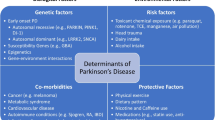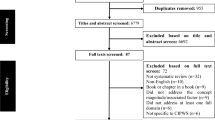Summary
The average annual “crude” death rate among patients with epileptic psychoses was 93.8 per 1,000 exposures. The male death rate exceeded that of the females. On the basis of standardized rates, the patient death rate exceeded that of the general population of the State of New York in the ratio of 7.3 to 1. The corresponding ratios among males and females were 7.7 to 1 and 7.3 to 1, respectively. Compared to the standardized death rate of all patients with mental disease, that of patients with epileptic psychoses was in excess in the ratio of 1.5 to 1.
The mortality decreased prior to 35 years, but increased there-after. The ratio of the patient death rate to that of general population decreased with age.
Epilepsy was the leading cause of death, including 33.9 per cent of the total deaths. Diseases of the heart, pneumonia, and pulmonary tuberculosis followed in the order named. The latter death rate is especially noteworthy, since it exceeded that of the patients with dementia præcox.
Similar content being viewed by others
References
Forty-second annual report of the New York State Department of Mental Hygiene. Page 333.
Mortality Among Patients with Mental Disease. By Benjamin Malzberg. State Hospitals Press, Utica, N. Y., 1934. Page 32.
Deaths in Craig Colony shown in forty-first, forty-second and forty-third annual reports of the New York State Department of Mental Hygiene.
Author information
Authors and Affiliations
Rights and permissions
About this article
Cite this article
Malzberg, B. Mortality among patients with epileptic psychoses. Psych Quar 11, 104–110 (1937). https://doi.org/10.1007/BF01563887
Issue Date:
DOI: https://doi.org/10.1007/BF01563887




